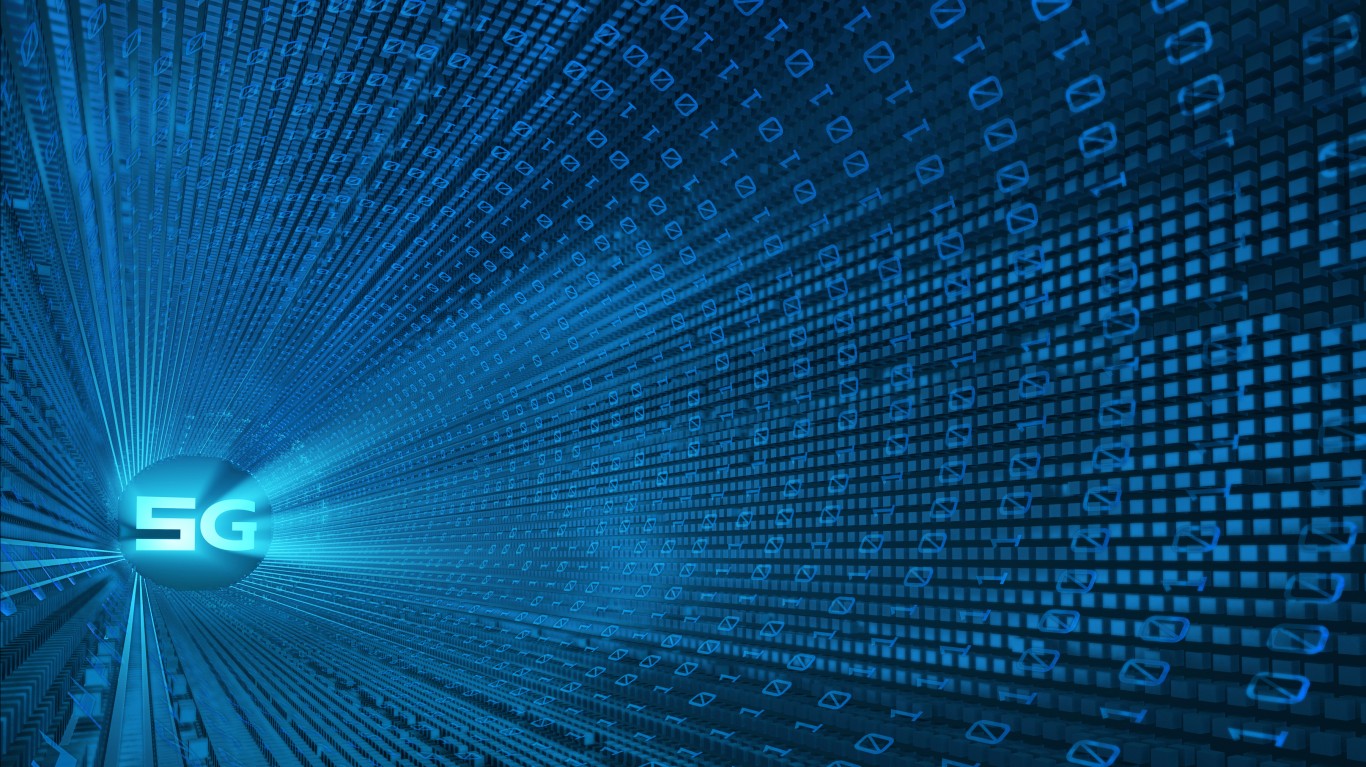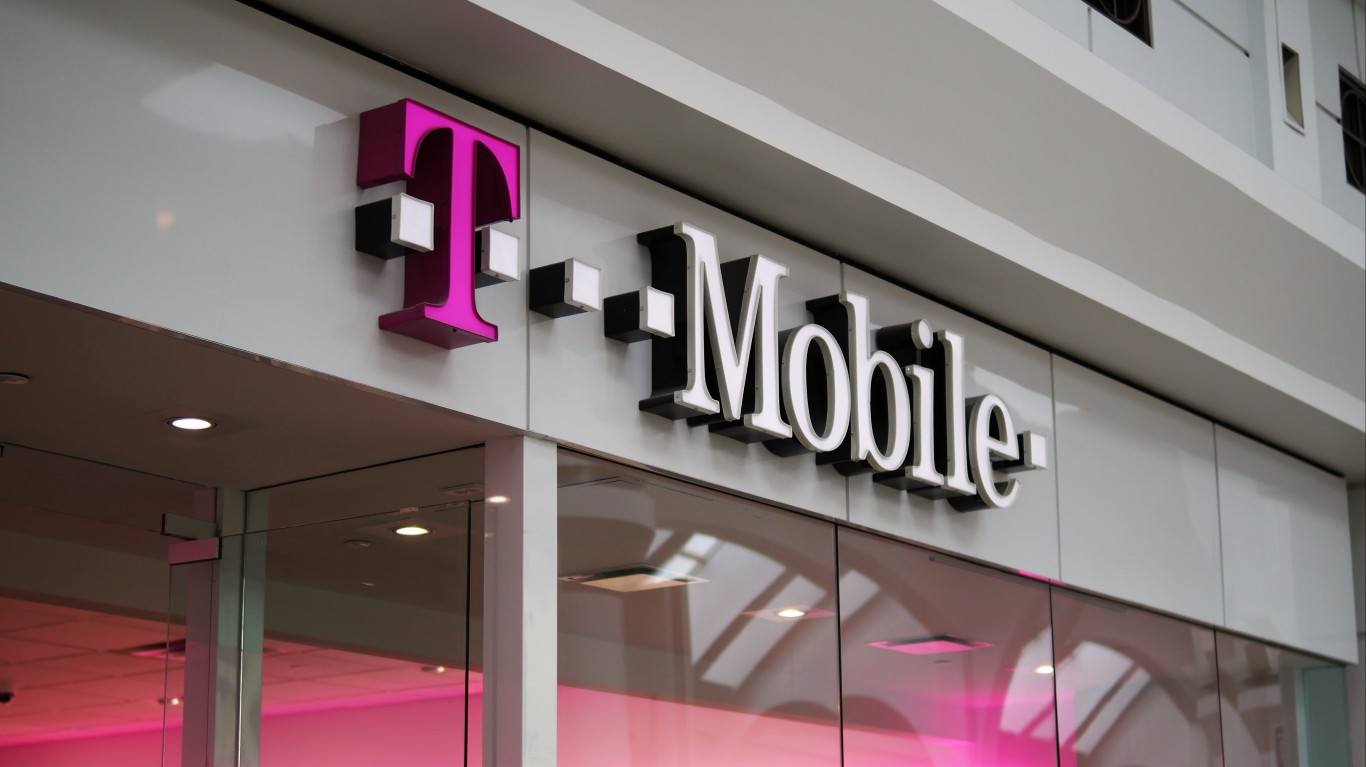
While HBO’s decision to pull “Gone With the Wind” becomes the latest flashpoint in the culture wars, AT&T (NYSE: T) has been focusing on a larger branding problem at its affiliate WarnerMedia, which includes HBO. The entertainment powerhouse has a bevy of brands: HBO, HBO Go, HBO Now and the latest entry, HBO Max. Confused yet?
Last week, the company announced that on July 31 it would sunset HBO Go, an app that allows subscribers to access HBO programming on multiple platforms. The new HBO Max serves largely the same purpose; it’s also a streaming app, but with lots of additional content.
The company is also ditching the HBO Now brand. When all the changes are complete, the company will have just two brands: HBO and HBO Max.
Launched May 27, HBO Max is a big bet for AT&T in the competitive streaming entertainment wars. Investors are watching closely for any clues as to how the new service is faring.
AT&T stock has struggled this year. It’s down 22% year to date, compared to the S&P 500, which is down 5.9%
But analysts note the stock has fared better since the launch of HBO Max. The stock currently has 11 Buy ratings, 14 Hold and two Sell. The company is taking steps to reduce its debt, and has assured investors that its generous dividend remains safe.
A Max Bet
As consumers cut the cord, many are moving to streaming providers for TV shows and movies. HBO Max entered a very crowded market, including Netflix (NASDAQ: NFLX), Amazon Prime (NASDAQ: AMZN) and the new Disney+ (NYSE: DIS) service.
Fortunately, many consumers subscribe to more than one service, since the content libraries differ from service to service. For example, if you want to watch content from the “Star Wars” franchise, you’ll need to sign up for Disney+.
HBO Max offers all of HBO’s premium content, including “Game of Thrones,” “Westworld,” “Silicon Valley” and many other award-winning series and documentaries. On top of that, the new service includes licensed hits such as “Friends” and “The Big Bang Theory,” plus classic movies from the Warner collection.
And to compete, HBO plans to spend heavily on original content. Both Netflix and Amazon Prime have invested billions in original movies and series, which have drawn and kept subscribers.
Most cable customers who subscribed to the HBO Go service will now get HBO Max.
The service is still new, and the company hasn’t released subscriber data yet. Analysts expect to see some numbers when the next earnings report comes out.
But mobile metrics firm SensorTower reported about 90,000 HBO Max app downloads on launch day, less than a third the number of downloads for the new short-form video app Quibi. After a month, Quibi had rounded up about 3.5 million downloads, of which about a third were active users. Despite its hot start, Quibi could be in trouble.
There’s another big trouble spot for HBO Max: It still isn’t available on Roku or Amazon’s Fire devices. Analysts estimate that those two brands represent 70% of all streaming devices used in the United States.
Until HBO reaches a deal with Roku and Amazon, HBO Max won’t be available on those devices. In the meantime, Roku and Amazon users will still have access to regular HBO, without all the additional content offered by HBO Max. Those customers will need to be HBO subscribers through their cable TV packages, or pay $14.99 per month.
The streaming service is an important investment for AT&T. In its last earnings report, the company said it lost 897,000 premium TV subscribers. So it is looking to rapidly grow its streaming business.
A recent report from Moffett Nathanson found that consumers have reached their limit on what they are willing to spend for monthly video subscriptions. In fact, the firm predicts a 5% dip in spending for 2020. HBO will need to fight aggressively to retain market share and to make sure it’s available on multiple platforms.
Gone With the Controversy
Hollywood has not been spared the critical eye cast by the recent Black Lives Matter movement. Paramount cancelled the reality show “Cops” in light of recent protests regarding police brutality, and Amazon reportedly might pull the old “The Dukes of Hazzard” series from its IMDb service since it features a Confederate flag.
Similarly, HBO Max temporarily pulled the 1939 Warner Bros. classic “Gone With the Wind” from its catalog. Considered the highest grossing film of all time (if you adjust for inflation), the epic Civil War tale has been the target of critics who say it promotes racial stereotypes and romanticizes slavery as a benevolent institution. The film is still available to rent or buy on Amazon’s Prime video service.
HBO Max said it pulled the film because it was a “product of its time and depicts some of the ethnic and racial prejudices that have, unfortunately, been commonplace in American society.” But the movie will soon be available again, the company said. This time it will include an introduction from Jacqueline Stewart, a Turner Classic Movies host and University of Chicago film professor, to provide context.
Gaming Division
In other AT&T news, the company may be looking to sell its gaming division. Media reports last week suggested the telecom giant was seeking potential buyers for its Warner Bros. Interactive Entertainment division.
The sale could be worth up to $4 billion. Potential buyers include Electronic Arts and Take-Two Interactive Software, according to CNBC, which first reported the news.
The division includes the popular video game “Mortal Kombat” and games tied to the “Harry Potter” and “Game of Thrones” franchises. Depending on how a deal works out, AT&T might retain some intellectual property, which would bring licensing revenues down the line.
The potential sale could be seen as a debt-reduction move for AT&T. The company carries about $165 billion in debt. AT&T acquired Time Warner for $109 billion in a 2018 megadeal.
Thank you for reading! Have some feedback for us?
Contact the 24/7 Wall St. editorial team.
 24/7 Wall St.
24/7 Wall St.

